Cancer is one of the worthwhile fundraising projects that get a lot of media coverage. There are 20 types of cancer, each indicated with a different coloured ribbon.
Cancer Types

The most well-known cancer is Breast Cancer in women and Prostate Cancer in men. Smokers are prone to lung cancer and women in their later years can suffer from Ovarian Cancer, which can be genetically passed on. Skin cancer is another type that can affect almost anyone, especially people whose skin is more exposed to the elements.
Breast Cancer – Pink Ribbon

Research shows that only 5-10% of breast cancers are hereditary. Women need to have regular screening tests, ultrasound or MRI, and mammography to check for tumors. According to studies, an estimated 11,000 deaths occur yearly in the UK.
Despite these high numbers, millions of cancer survivors live to tell the tale because of fundraising projects to aid in cancer research.
Prostate Cancer – Blue Ribbon

One in nine men is likely to be diagnosed with prostate cancer in their lifetime. It usually occurs in men’s later years, around age 65 or older, but there are rare cases where men are diagnosed in their forties. Numbness in the legs and feet can be a sign as well as pain in the hip, spine, and ribs.
Genomics research helps in getting ahead of the disease to find new treatments.
Lung Cancer – Grey Ribbon
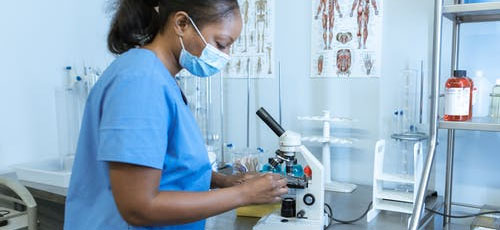
Lung cancer is the second most common type in men and women with smoking being the number one risk factor of the disease. Only about 20% of patients are non-smokers. A CT scan is the only effective way to expose the disease.
Symptoms can include a cough with blood-coloured phlegm, chest pain, loss of appetite, shortness of breath, and constant fatigue. New and better ways to treat the disease is found through research.
Skin Cancer – Black Ribbon
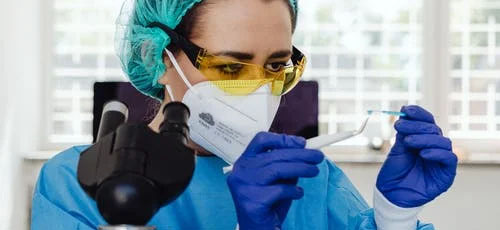
Melanoma is reported with less than 1% of skin cancer, but most deaths occur from this killer. When the disease reaches the surrounding tissue and lymph nodes, the survival rate drops from 99% on early detection to 27%. Symptoms include the ABCDE test for Melanoma.
A – Asymmetry – Half the birthmark doesn’t match the other.
B – Border – Irregular edges are a bad sign and can indicate Melanomas.
C – Colour – Melanomas can be identified when moles have different colors.
D – Diameter – Melanomas are likely to be larger than 6mm in diameter.
E – Evolving – A Melanoma will keep on growing.
Skin cancer is growing at an alarming rate, and patients noticing any of the above signs should consult a doctor.
Cancer Research
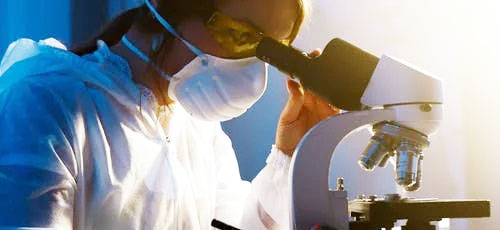
The focus of research is on different aspects of cancer, ranging from Angiogenesis to Molecular Imaging. Various fundraising campaigns assist the ongoing research to combat cancer.
Angiogenesis
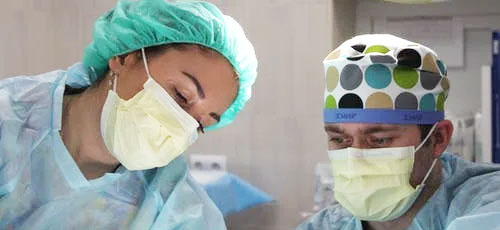
Research is focused on stopping the growth of spreading of a tumor by cutting off blood supply to block tumor angiogenesis.
GBM Agile

The deadliest brain cancer is Glioblastoma Multiforme, GBM, and “adaptive trials” are used to test treatments in clinical trials.
Genomics
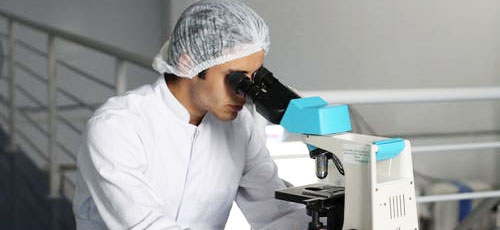
Genomics is focused on studying the behaviour of different cells and the study of DNA.
Immunotherapy

In this type of research, doctors try to find ways to strengthen the body’s immune system to find and kill off cancer cells.
It is comforting to know that there are many fundraising projects to help all people combat cancer.

